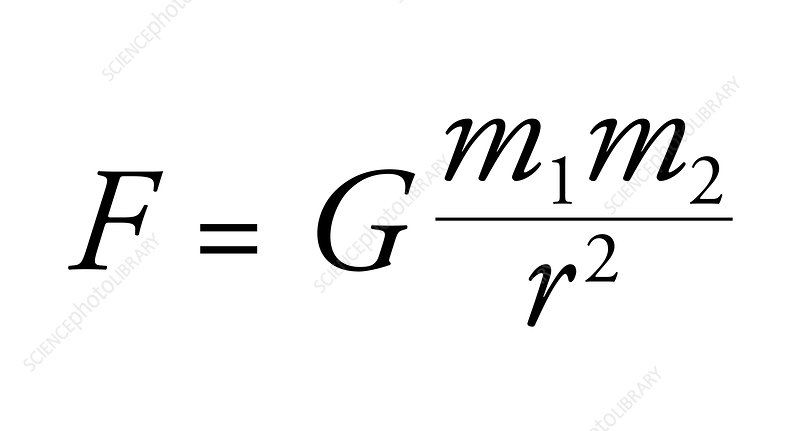AP Physics 1 Unit 2 - Dynamics: Basic Principles
1/32
Earn XP
Description and Tags
The Basic Principles of Dynamics You Should Know
Name | Mastery | Learn | Test | Matching | Spaced |
|---|
No study sessions yet.
33 Terms
Newton’s First Law of Motion
An object at rest will remain at rest, and an object in motion will remain in motion unless acted upon by a net unbalanced force (acceleration).
Newton’s Second Law of Motion
The net force of an object equals the mass times acceleration of the object. The acceleration of the object is also directly proportional to the net force applied, and inversely proportional to the objects mass.

Newton’s Third Law of Motion
For every action, there is an equal and opposite reaction. If object A exerts a force on object B, then object B must exert a force of equal magnitude and opposite direction back on object A.

Inertia
The tendency of an object to resist changes in its motion, whether it is at rest or in motion. It is a property of matter.
Static equilibrium
An object is in static equilibrium when it is at rest and the net force is zero
Dynamic Equilibrium
An object is in dynamic equilibrium when it is moving at constant velocity and the net external force is zero
Net force
The vector sum of all forces acting on an object (remember vector addition)
The direction of the net force applied to an object is…
The same as the direction of acceleration. (As shown by the vectors in Newton’s second law of motion equation)
The proportionality between net force and acceleration is…
The net force of an object is directly proportional to the acceleration of an object, as shown by in Newton’s second law of motion equation). For example, if the net force of an object is doubled and the mass remains constant, the acceleration is also doubled.
Two objects with different masses experience the same net force, but the object with the greater acceleration is…
The object with the lesser mass has the greater acceleration because acceleration is inversely proportional to mass.
The slope of a acceleration vs mass graph represents…
The net force acting on the object
If the mass of an object is doubled, while the net force remains unchanged, then the acceleration is…
The acceleration is halved because acceleration is inversely proportional to the mass of the object.
If the net force of an object is zero, then the objects motion could be…
The objects motion could be at rest or moving with constant velocity.
The net force acting on an object in free fall is…
It is equal to the weight of the object, as because the weight of an object = the net force of an object = the mass of the object * the local gravity (g).
If the acceleration of an object is zero, then the net force acting on the object is…
There is no net force acting on the object.
An object would have the greatest acceleration if…
There is a larger force acting on a small mass, because of the equation acceleration = net force/mass, so a greater numerator over denominator is a bigger number.
If the net force of an object is tripled, and the mass of an object is also tripled, then the acceleration…
The acceleration remains the same, because of the equation acceleration = net force/mass, if both the net force and mass are tripled, the 3’s cancel out.
The magnitude of the acceleration of an object is determined by…
Both the net force on the object and the mass of the object.
What is the equation for Newton’s Law of Universal Gravitation?
Every particle attracts every other particle in the universe with a force that is proportional to the product of their masses and inversely proportional to the square of the distance between their centers.

The weight of an object represents the…
The gravitational force on the object.
The weight of an object on the surface of a planet is calculated with the equation…
The weight of an object = the mass of the object * the acceleration due to gravity.

The units of acceleration due to gravity (g).
It is (meters/seconds²) or (Newtons/kilograms).
The term “g” refers to…
The acceleration that a free-falling object would experience due to gravity.
The weight vector of an object always points to…
The center of the planet.
What is the difference between mass and weight?
Mass is the measure of matter, and weight is a measure of gravitational force.
What is the approximate value of the gravitational field strength on Earth’s surface.
9.81 meters per second²
What is the proportionality between the weight of an object and Earth’s gravitational field strength?
The weight of an object is directly proportional to the gravitational field strength. This is proved using the equation for weight, weight = mass * gravity. Taking the proportionality of weight and gravity, we see that weight is directly proportional to the gravitational field strength.
The acceleration of a free-falling object due to Earth’s gravitational field strength is…
Equal to the gravitational field strength (g).
The Earth’s gravitational field strength affects the weight of an object because…
It gives rise to the force that we measure as the object’s weight.
What is the difference between the gravitational field strength (g) and the universal gravitational constant (G)?
g varies depending on the mass of the planet and the distance from its center, while G is a universal constant.
When two objects interact the forces they exert on each other are…
They are equal in magnitude and opposite in direction.
The mathematical expression of Newton’s third law indicates that the forces involved are…
They are part of a force pair and act on different objects in opposite directions.
Newton’s third law is essential in understanding…
The interactions between all objects, regardless of their size.